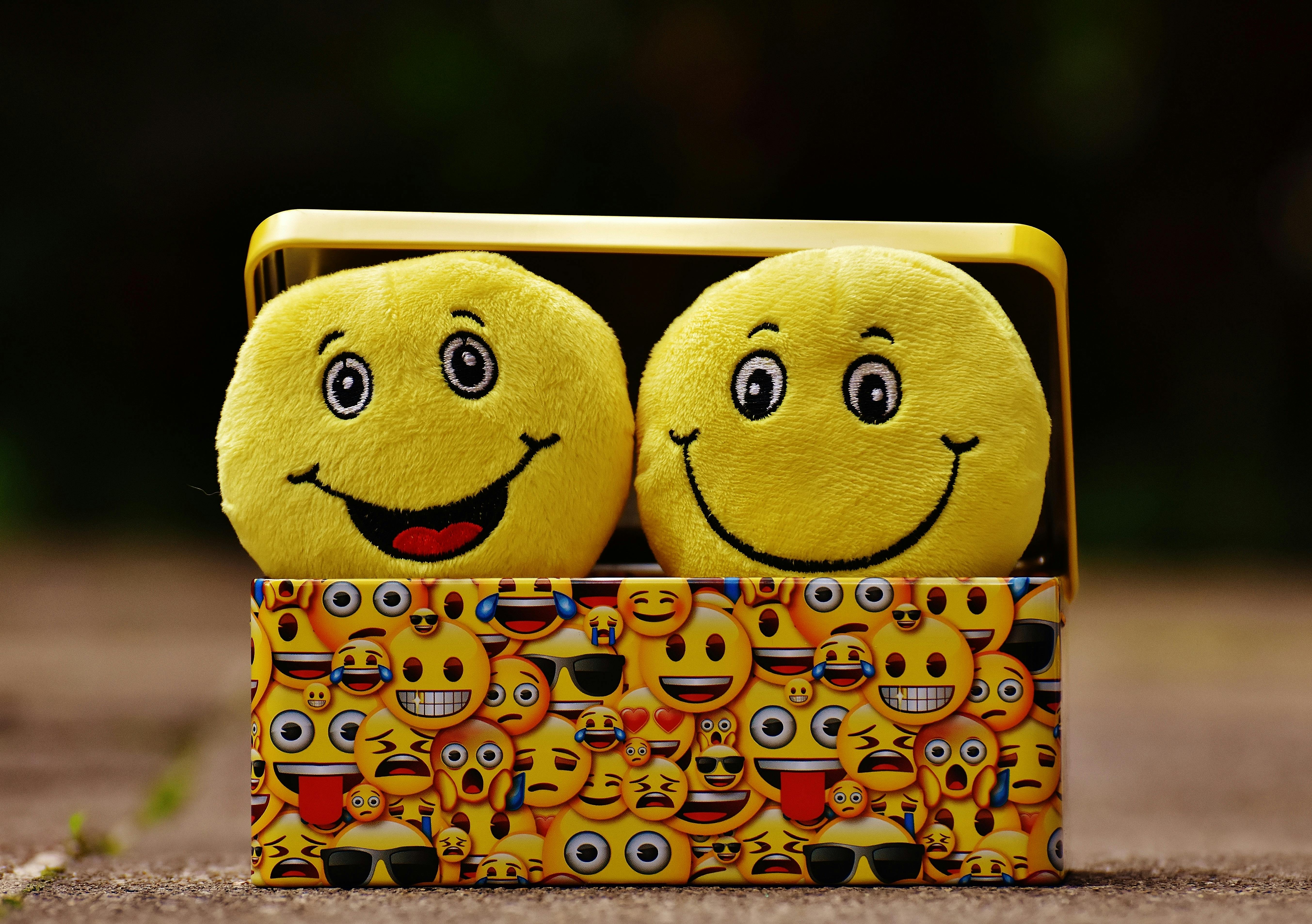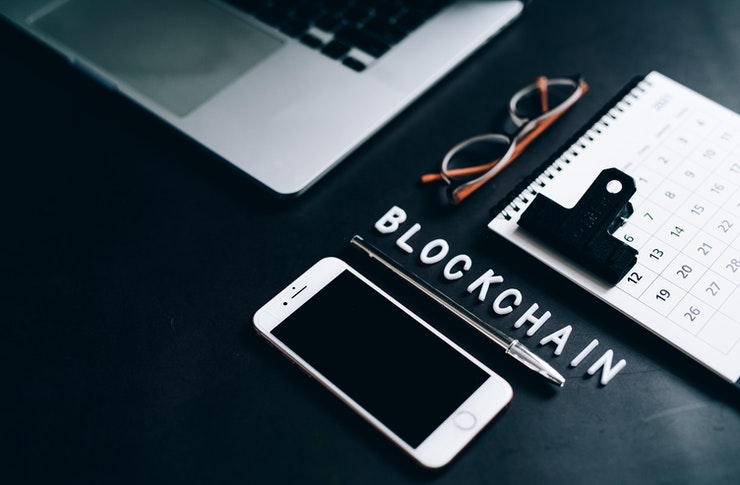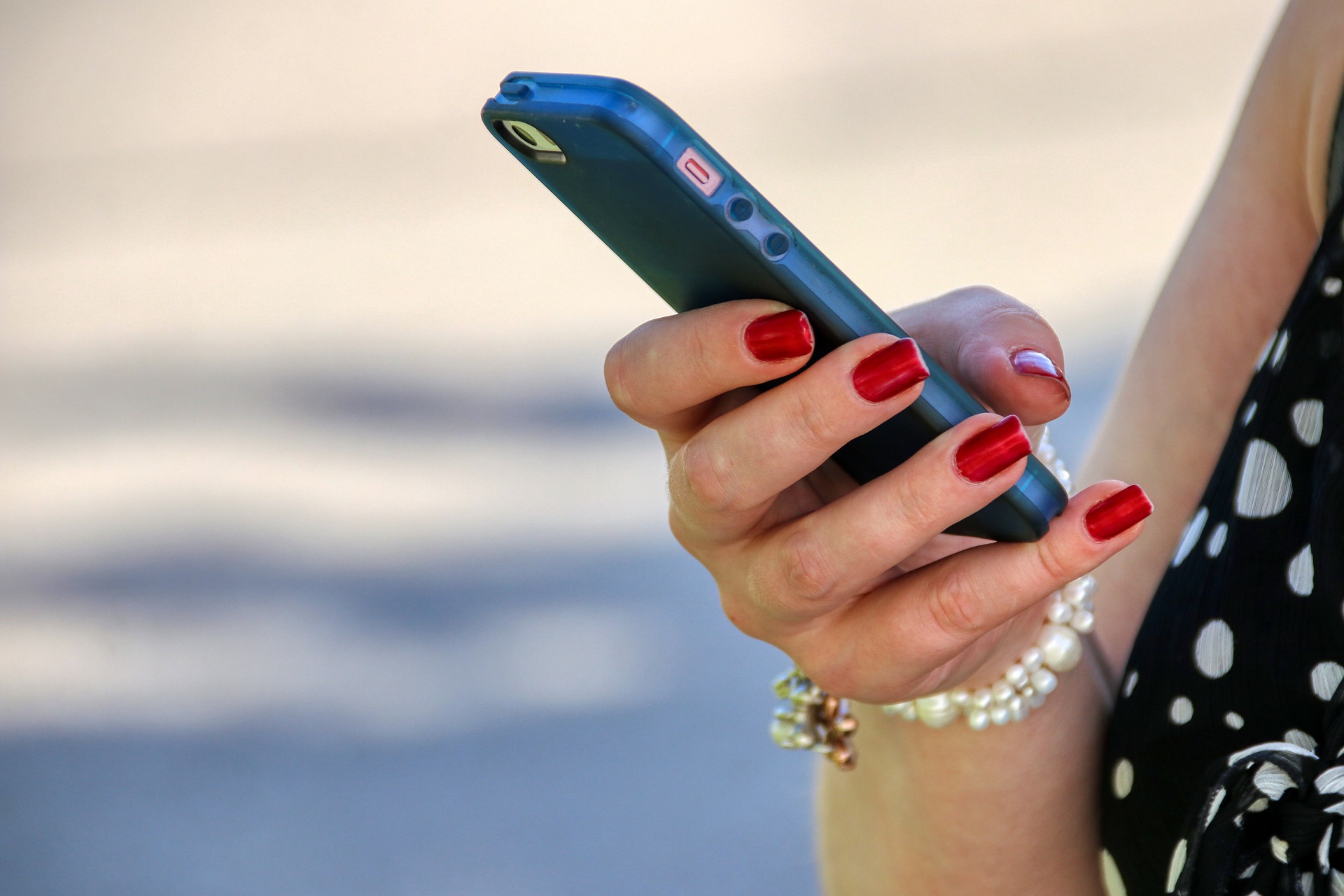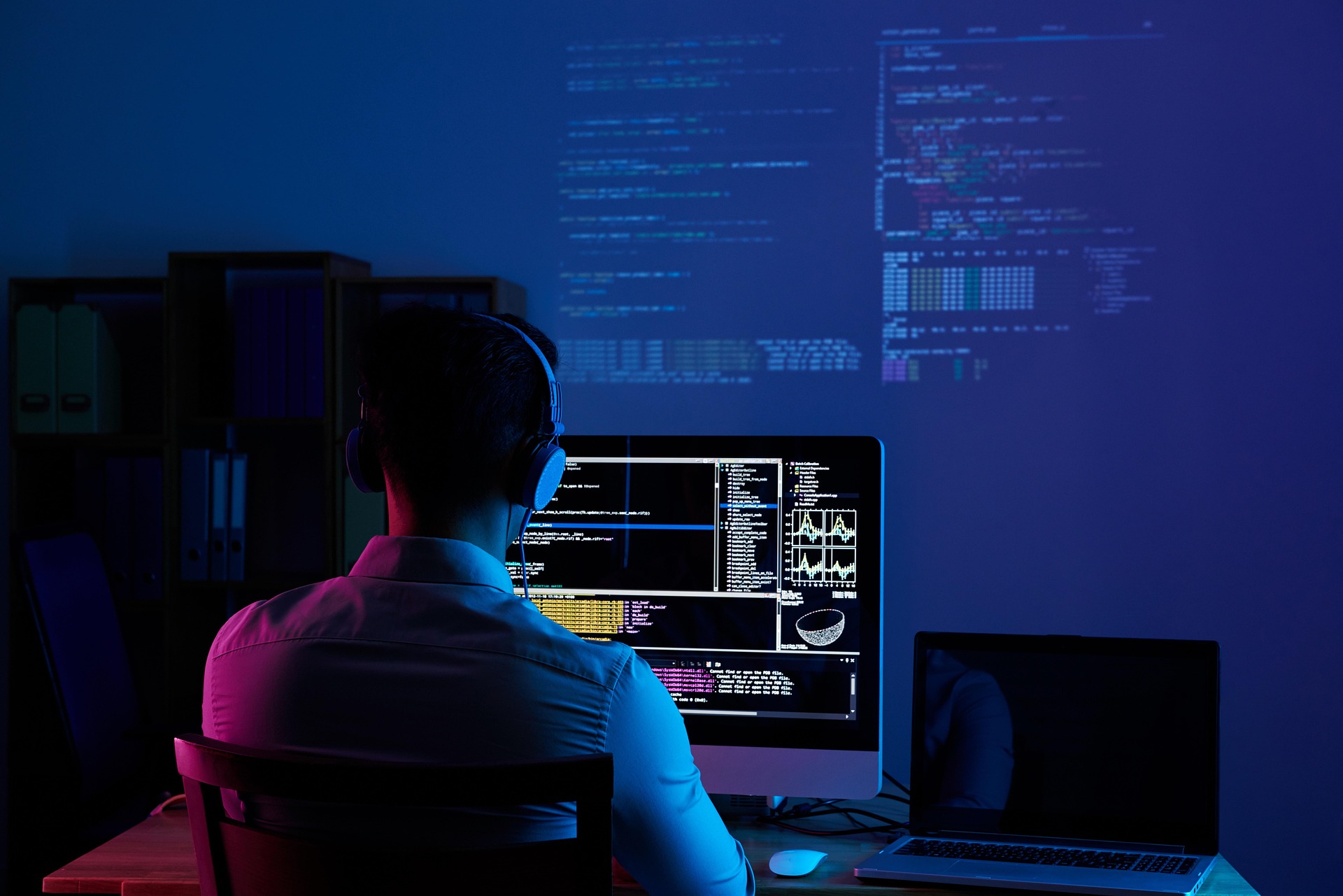Deciphering the Language of Emojis: A Sociological Perspective
In the realm of digital communication, emojis reign supreme. They've become a universal language, transcending cultural and linguistic boundaries. But what do these colorful symbols say about our society? How are they influencing our communication, relationships, and self-expression? Read below to delve into the fascinating world of emojis from a sociological perspective.

A brief history of the emoji phenomenon
Emojis first entered the digital scene in Japan in the late 1990s, designed as a way to convey emotion in the text-heavy world of online communication. Since then, they’ve exploded into a global phenomenon, with over 3,000 unique emojis in use today. The universal appeal of these tiny symbols lies in their ability to express a wide range of emotions and concepts, from love and happiness to pizza and unicorns, in a simple, fun, and visually appealing way.
Emojis as a reflection of cultural shifts
Emojis aren’t just playful icons; they’re a mirror reflecting our evolving society. With each update, new emojis are introduced that reflect cultural shifts and societal progress. The inclusion of diverse skin tones, gender-neutral options, and symbols representing various professions, hobbies, and food from around the world are testament to an increasingly inclusive, globalized society.
The social implications of emoji use
Emojis have transformed the way we communicate, adding a layer of emotion and nuance to our digital conversations. They help us convey tone, soften criticism, express empathy, and create a sense of camaraderie. However, they also raise questions around digital literacy, generational gaps, and the potential for miscommunication. The interpretation of emojis can vary widely, influenced by cultural context, personal experience, and individual perception, leading to potential misunderstanding in our increasingly global, digital conversations.
Emojis and self-expression
Emojis offer us a new avenue for self-expression. They allow us to communicate our emotions, attitudes, and personal identity in a visual, non-verbal way. The emojis we choose can reveal aspects of our personality, mood, and even our values. They can also serve as a form of social signaling, indicating our belonging to a particular group, our familiarity with digital trends, or our stance on social issues.
The future of emojis in our society
As we continue to navigate our digital age, the role of emojis is likely to evolve. They may become even more ingrained in our language and communication, reflecting and shaping societal trends. However, as with any cultural phenomenon, it’s crucial to critically examine the impact and implications of emojis on our communication, relationships, and self-expression.
In the colorful world of emojis, we find a powerful tool for connection and a fascinating lens through which to view our society. They represent more than just a digital trend; they’re a testament to the human desire for connection, expression, and understanding in our increasingly digital world.





